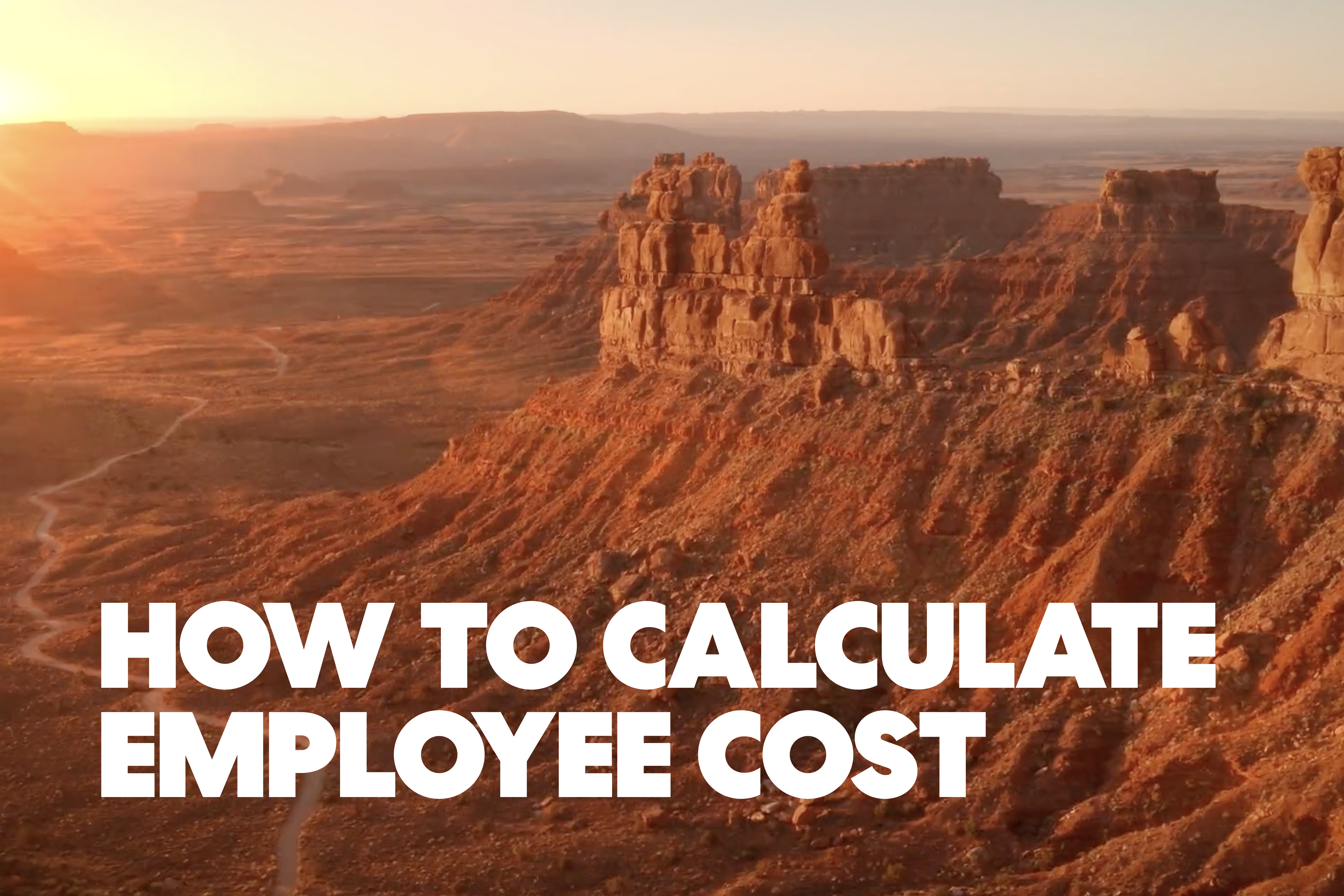Who to hire and how to classify
Dive into the similarities and differences between full-time employees and contractors, the pros and cons of each, and why correct classification is key.
-
Video Summary
Correctly classifying employees and contractors is essential to avoid penalties. But just what distinguishes one from the other? This episode delves into the differences between the two and the pros and cons of each.
-
Transcript
One question we get all the time is, should I hire an employee or a contractor?
Wait. Which one of you is the contractor?
Right. It can be so hard to tell you guys apart sometimes. It’s a good question, and it’s a choice that can have far-reaching consequences for your business.
Hi. I’m Ashley with Velocity Global. And in this video, we’ll explore defining a full-time employee and contractor, the pros and cons of each, and the risks of misclassification.
Before we dive in, let’s make sure we have our terms straight. A full-time employee is a permanent, dedicated member of your team. They typically work regular hours, use company resources, and play a vital role in your daily operations.
On the other hand, an independent contractor is hired on a project or contract basis. They typically use their own tools and resources and operate with more autonomy than full-time employees.
So, let’s go over the pros and cons of each option.
First up, full-time employees. There are many benefits to hiring a full-time employee. Full-time employees tend to be more committed and share goals with your organization.
They’re invested in your company’s long-term success, which can translate to higher productivity and a positive impact on your company culture.
Additionally, a team of full-time employees can ensure compliance during a critical time in a business journey, like an IPO.
There are, of course, some trade-offs. Full-time employees come with higher costs, from salaries to benefits and increased overhead expenses.
You’ll shoulder more of the administrative burdens like payroll processing, HR management, and compliance with labor laws. And full-time employees offer less flexibility for scaling your team up and down due to economic changes or seasonal workloads.
Now, let’s look at independent contractors.
Contractors offer cost-efficiency, allowing you to access top talent for specific projects without incurring the long-term costs associated with full-time employees.
They can bring invaluable expertise and experience to projects that require a specialized skill set.
Contractors allow flexibility for businesses at different stages of their journey. For example, startups can use contractors to quickly scale and adjust their workforce according to project demands.
Just as with full-time employees, contractors come with some trade-offs. Contractors operate with more autonomy, which means you have less control over their work methods, schedules, and processes.
Contractors typically have multiple clients, which can lessen their commitment to your company.
Most importantly, correctly classifying your talent is crucial to ensuring compliance with local labor laws, tax regulations, and other legal requirements. It’s not just about how you label your employees; it’s about the nature of their work and their relationship to your company.
Misclassifying an employee as a contractor when they should be a full-time employee can result in severe legal and financial repercussions.
So, how do you make the right hiring decision for your business?
Misclassification occurs when a worker is labeled as an independent contractor when, by law, they should be considered an employee.
This mistake can open you to a number of legal risks. These include things like employee benefit entitlements, such as when a misclassified worker is owed benefits and entitlements they were not previously receiving, overtime and wage violations, which could result in penalties, back pay liabilities, and wage claims. Tax penalties, unpaid payroll taxes, Social Security, and Medicare can get you fined and audited.
Recordkeeping violations: You can be hit with compliance violations for failure to maintain proper records for your misclassified employees.
Reputation damage: Clients, partners, and potential employees may question a company’s commitment to ethical employment, making it harder to land top talent and key partnerships. And misclassification can even lead to class action lawsuits.
Okay. That was a lot. It just goes to show what a headache misclassification can be. And with that litany of potential issues, you can find yourself with a disrupted workforce as your teams get tied up dealing with compliance issues rather than doing their day-to-day work.
There’s one more for you in case the others weren’t enough.
If you take away one thing from this video, make it this: Proper classification of your employees is key to avoiding major legal and financial pitfalls.
If you’re concerned you may have misclassified employees in your workforce, get in touch with Velocity Global to see how we can help you get your employees properly classified and legally compliant.
And if you are just starting on your journey of global expansion, consider partnering with an EOR like Velocity Global. Our expertise in local regulations and employment practices can help you quickly build a distributed team that is top-notch, correctly classified, and legally compliant.
I’m Ashley with Velocity Global. I’ll see you next time.
Contractor Risk Assessment for Global Employers
Download our contractor compliance checklist to gain insight into worker misclassification in international markets and assess the risk it poses to your business’s long-term success.





